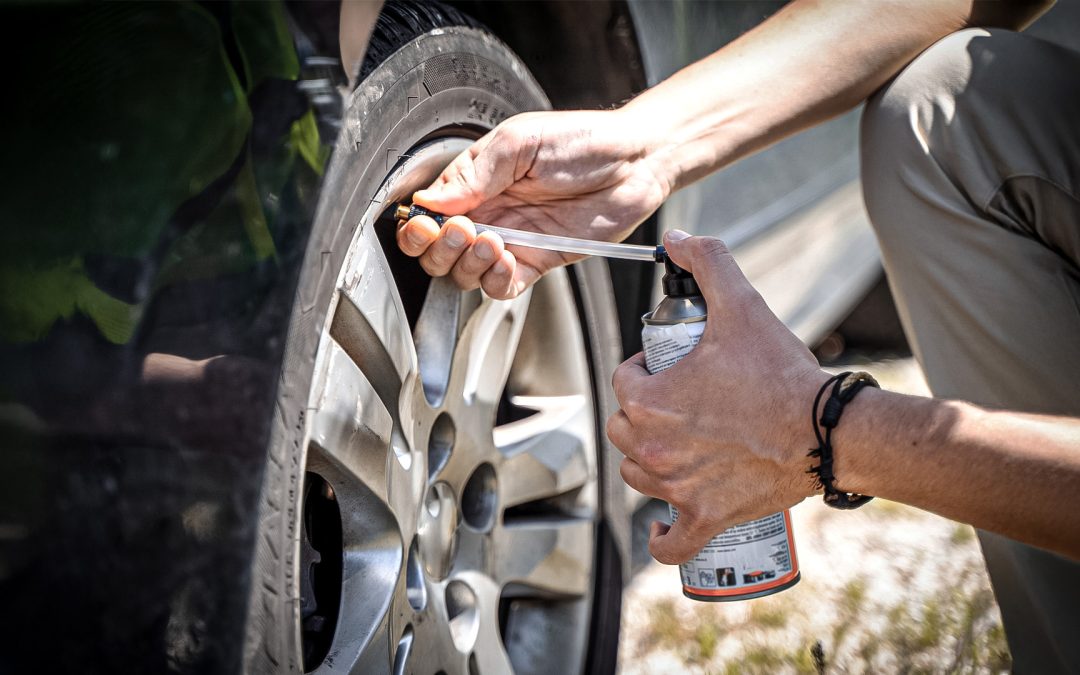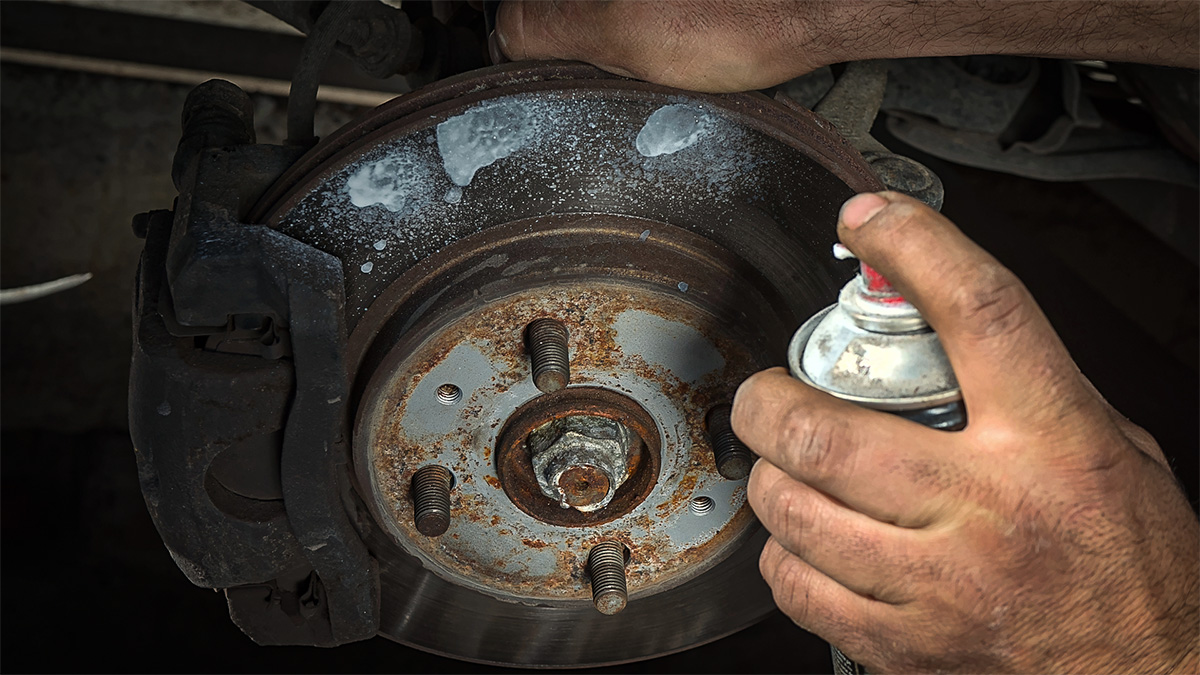Learn why it’s not a bad idea to charge a little more for the hassle.

If you work in a shop (and if you’re reading this, chances are you do), you are undoubtedly familiar with brake cleaner. And, if you know the scent of brake cleaner, you probably know that using it is not great for your health if it comes in contact with your skin, eyes, and/or respiratory system. However, brake cleaner is a standard, and often necessary, chemical found in virtually any shop. Are you taking the right precautions when using it? And could there be safer substitutes?
As part of a survey Road & Track did for a similar article back in 2020, they received more than 300 replies from both amateur and professional mechanics saying they use brake cleaner for “cleaning oil messes in their shops, breaking down clothing stains, and killing insects.” In addition, based on my own personal observations of mechanics using brake cleaner on nearly everything under the sun, it seems that techs either don’t know exactly how bad it is for you, or don’t seem to mind the downsides because of brake cleaner’s usefulness.
Look, I get it: brake cleaner is incredibly effective. There’s a reason for that—it contains potent chemicals that are ideal for messy auto parts, but not the human body. Although formulas differ, let’s examine some of the brake cleaner ingredients that you should know.
The first is tetrachloroethylene (TCE), also known as percholoroethylene (PCE), a potent solvent that dissolves grease very well but is also a recognized neurotoxin and likely carcinogenic to humans.
Second is n-hexane, a neurotoxin that, when exposed at high levels or for an extended period of time, can result in peripheral neuropathy, or damage to the nerves.
The third is toluene, a popular solvent that can cause headaches, dizziness, and even cognitive impairment by affecting the central nervous system.
Starting late last year, the EPA finalized rules to ban or severely restrict the use of certain chemicals commonly found in chlorinated brake cleaners, specifically trichloroethylene/PCE, due to its status as a known carcinogen and links to various health issues. The bans are being phased in, with most consumer uses and many commercial uses being prohibited.
So what health risks come with brake cleaners if safe procedures aren’t followed? For a complete overview, I recommend reading the EPA’s toxicological review of TCE. In addition, each brake cleaner product should have its own SDS (Safety Data Sheet) as well as warnings on the back of the can. Below is a quick summary of the EPA’s findings.
Inhalation: Vapors from brake cleaner can quickly fill an enclosed space. Inhaling these fumes can lead to:
Skin Contact: While brake cleaner evaporates quickly, direct skin contact can cause:
Eye Contact: Splashes or airborne particles can cause:
Ingestion: While less common, accidental ingestion can occur, leading to:
Fire and Heat Hazards: When certain brake cleaner formulations are exposed to high heat–such as welding flames, grinding sparks, or even hot exhaust pipes–they can decompose into phosgene gas.

Photo: Mariia Human/stock.adobe.com.
Use brake cleaner only for what it’s designed to do: cleaning brakes and brake parts. When using it, be sure to use it in an area with good ventilation, wear the proper PPE (a mask and gloves are a must), and stay away from heat sources. Keep in mind that brake dust itself is hazardous when handled improperly, too. So gloves, glasses, and respiratory protection should already be in use anyway.
Even better, use a safer substitute: non-chlorinated brake cleaners, water-based degreasers, and brake dust vacuums are all less dangerous than chlorinated cleaners, although precautionary measures should still be taken. And, even though it takes more effort, regular ol’ soap and water can be used for some tasks where you’d normally reach for the brake cleaner. Don’t believe it? Check out this video demonstration from Dorman Training Center instructor Pete Meier.
The convenience and power of brake cleaner is a huge selling point for techs. Time is money. And sometimes, brake cleaner is absolutely the right chemical for the job. However, you can maintain brake cleanliness and the health of your body by being aware of the risks and using safer procedures. When we get comfortable with risks, we can get complacent. Don’t let your guard down around brake cleaner, even if you use it every day. Chemicals do not care about your health or safety.
*Motor Age is a Trademark of Endeavor Business Media, LLC. Use of this trademark does not imply endorsement.
The articles and other content contained on this site may contain links to third party websites. By clicking them, you consent to Dorman’s Website Use Agreement.
Participation in this forum is subject to Dorman’s Website Terms & Conditions. Please read our Comment Policy before commenting.